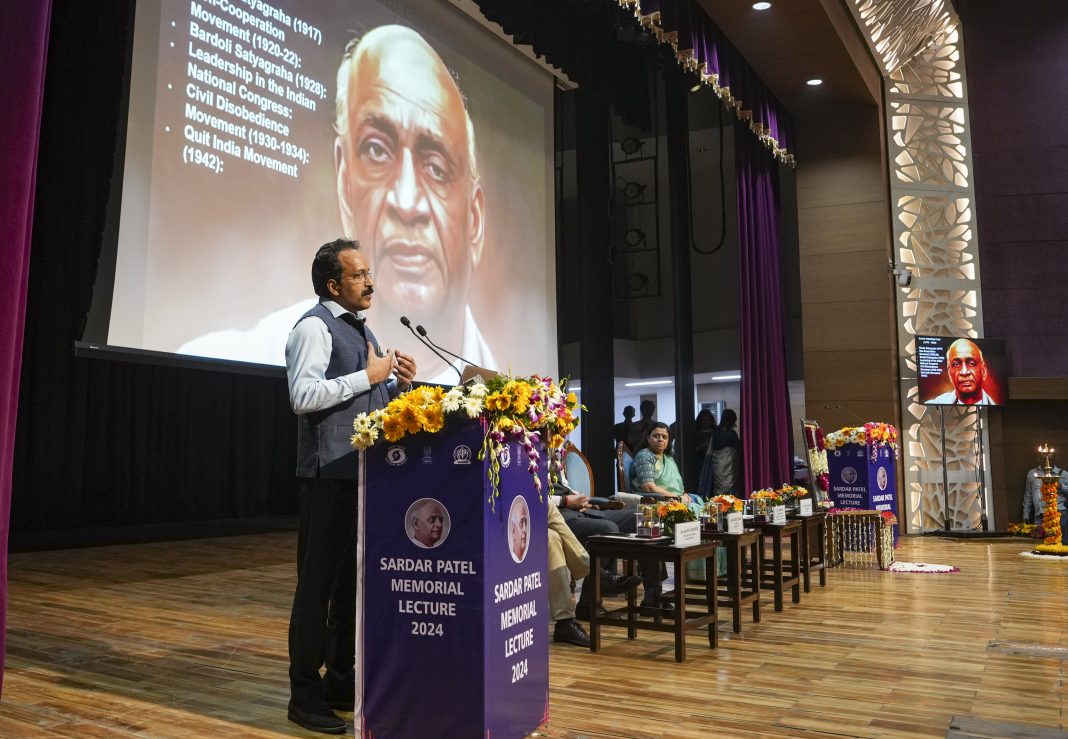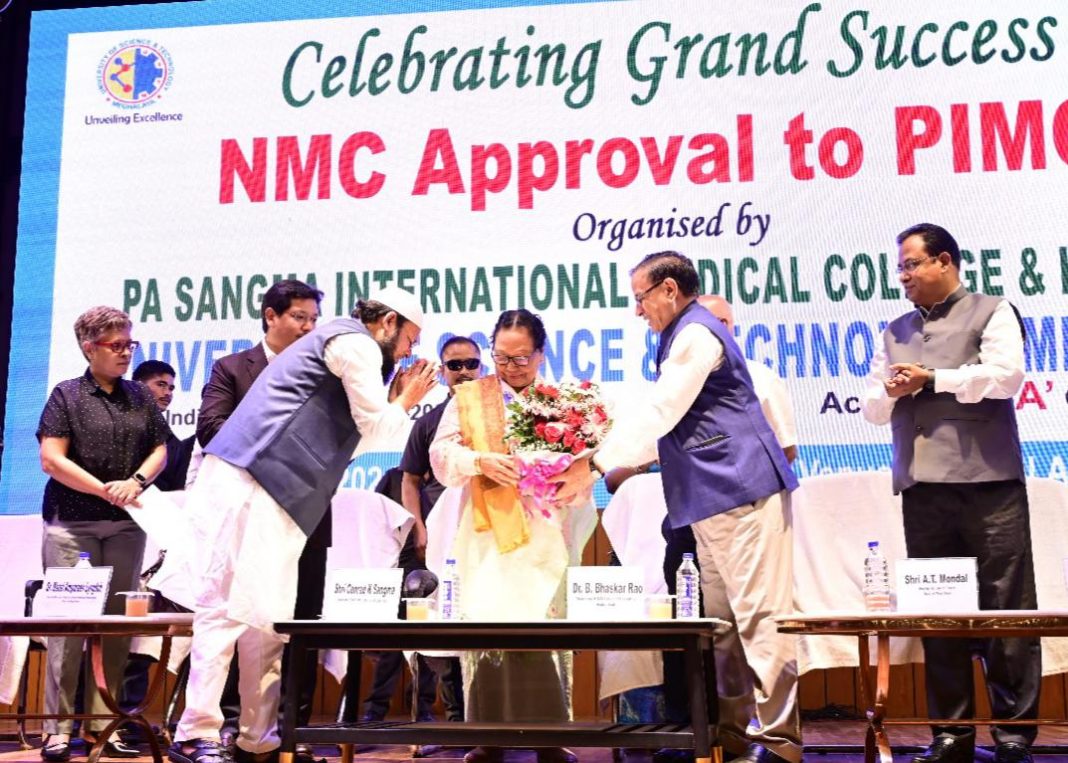New Delhi, Oct 26: India will test its home-grown electric thrusters to steer satellites to its desired orbit, a technology that promises to make spacecraft lighter and pack more punch, in December.
Delivering the Sardar Patel Lecture at Akashvani, Indian Space Research Organisation (ISRO) chairman S Somanath said the first Technology Demonstrator Satellite (TDS-01) using indigenously developed electric propulsion will be launched in December.
The TDS-01 will also demonstrate indigenously built traveling wave tube amplifiers (TWTAs) that are integral parts of various communication and microwave remote sensing payloads on satellites.
A four-tonne communication satellite carries more than two tonnes of liquid fuel which is used to fire thrusters to steer it from the launch orbit to the desired geostationary orbit. These thrusters are also fired to keep the satellite in the desired orbit, if it strays due to atmospheric drag or as a result of a pull due to the gravity of the sun and the moon.
“A four tonne satellite carries 2-2.5 tonnes of fuel. In case of electric propulsion, the fuel requirement reduces to just 200 kg,” Somanath said.
He said instead of chemicals, the electric propulsion system (EPS) uses propellant gases such as Argon as fuel which is ionised using solar power.
“When the fuel tank size is reduced, the size of every peripheral also comes down. It is a cumulative effect. So, this satellite will not weigh more than two tonnes, but will have the power of a four tonne satellite,” Somanath said.
However, the flip side of EPS generates a low thrust when compared to chemical propulsion and a satellite takes longer duration to reach its desired orbit.
“The only issue with electric propulsion is it is very low thrust. It will take almost three months to reach the geo orbit from the launching orbit, as against one week in chemical thrusters,” Somanath said.
The EPS was first used to power the South Asia Satellite – GSAT-9 – launched by ISRO in May 2017. However, the EPS was entirely imported from Russia.
On the NASA-ISRO Synthetic Aperture Radar (NISAR) satellite, Somanath said the work on the radar antenna reflector was complete and the crucial component was flown from NASA’s Jet Propulsion Laboratory in California to ISRO’s spacecraft integration and test facility in Bengaluru.
Somanath said the integration of the radar antenna reflector with the satellite will take about two months.
“We will schedule it for launch in February,” the ISRO chairman said. (PTI)




